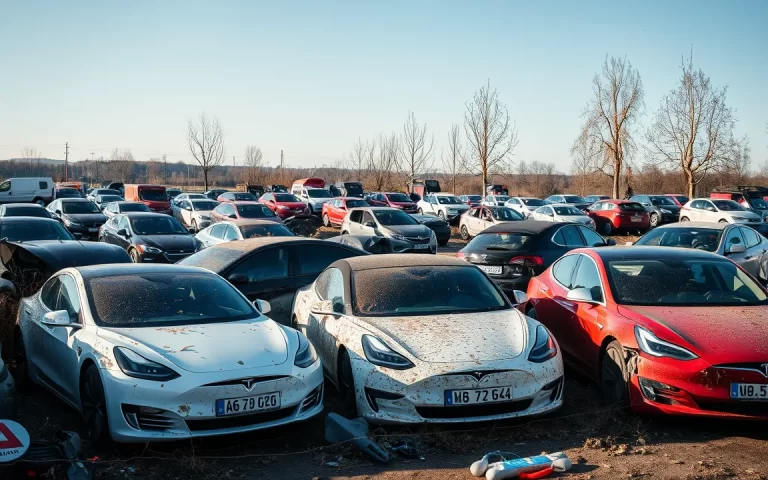Tesla is intensifying its efforts in artificial intelligence as it develops a significantly upgraded version of its Full Self-Driving (FSD) software.
CEO Elon Musk announced on X (formerly Twitter) that the EV maker is now training a new FSD model with around ten times more parameters than its predecessor, alongside notable enhancements in video compression.
Tesla is training a new FSD model with ~10X params and a big improvement to video compression loss.
Probably ready for public release end of next month if testing goes well.
If testing progresses as expected, the upgraded system could be ready for public release by the end of September.
This development comes at a critical time for Tesla, which is facing growing pressure from Chinese competitors and a decline in its core automotive revenue.
The company reported a 16% drop in vehicle sales revenue in Q2, with additional softness in European markets.
As Tesla’s car deliveries slow, its bet on AI-powered driving solutions is taking centre stage.
AI-driven FSD system gets major scale and video upgrades
The new FSD model, according to Musk, includes a significant parameter expansion, which suggests the model is trained on vastly more data.
In artificial intelligence terms, increasing the number of parameters generally enhances a model’s ability to learn from complex input, offering better performance in perception and decision-making tasks.
The FSD software builds on Tesla’s Autopilot system and combines inputs from sensors and cameras with deep learning models to navigate a vehicle in various real-world scenarios.
The new model also brings a “big improvement to video compression loss,” hinting at more efficient real-time processing of visual data.
This could reduce latency and increase the accuracy of environmental detection, key to achieving more reliable semi-autonomous driving.
Expansion of autonomy follows robotaxi launch in Texas
Tesla’s push into self-driving technology has extended beyond software updates.
Earlier this year, the company officially launched its first robotaxi service in Austin, Texas.
The rollout marks an important milestone in Musk’s broader vision for turning Tesla into a leader in autonomous mobility.
Robotaxis are central to Musk’s long-term growth narrative for Tesla.
By offering fully autonomous ride-hailing services, the company aims to generate recurring revenue streams that are less dependent on car sales.
With competitors from China accelerating their own autonomous and EV development, Tesla’s innovation roadmap is increasingly defined by breakthroughs in AI.
Tesla stock down 23.55% this year as core business softens
Despite its AI ambitions, Tesla’s financials have reflected broader challenges in the EV sector.
The company’s automotive revenue fell 16% in the second quarter of 2025, raising investor concerns over slowing demand.
European markets have been particularly tough, with steep sales declines as local automakers ramp up their own EV offerings.
Tesla shares have declined by 23.55% so far this year, impacted not only by sales figures but also by reputational strains.
Elon Musk’s strained relations with the White House have added further uncertainty to the company’s policy outlook.
The stock remained under pressure as of Wednesday morning, even amid optimism surrounding the upcoming FSD release.
The post Tesla ramps up AI push with 10x larger FSD model appeared first on Invezz

